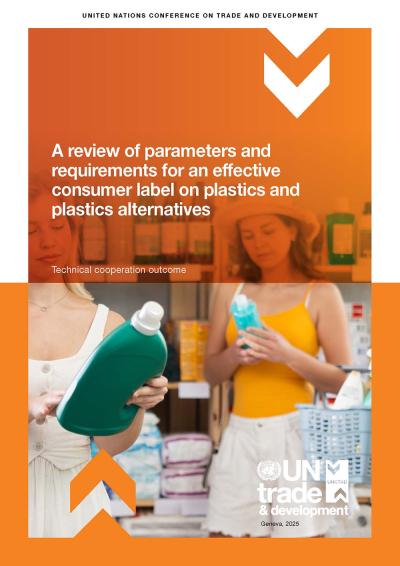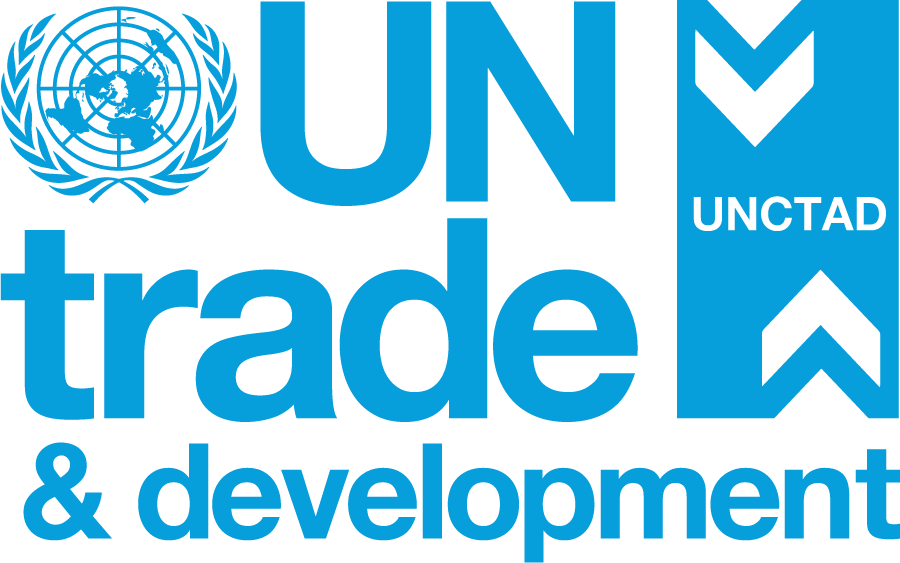
Clear and standardized plastic labels empower consumers to make sustainable choices and reduce pollution, transforming consumption into a driver for global environmental progress.
The United Nations Guidelines for Consumer Protection affirm consumers' right to adequate information, enabling informed decisions based on personal needs.
These guidelines promote access to accurate information about the environmental impact of products through various means, including product profiles, eco-labeling programs, and consumer information centers.
Labeling is essential for ensuring transparency, promoting informed decision-making, and fostering fair trade practices. Harmonized labeling practices facilitate smooth international trade by providing consistency and reducing compliance complexities.
This study builds on the work of the Intergovernmental Negotiating Committee on Plastic Pollution and aims to analyze global plastic labeling practices. It highlights best practices and lessons learned from mislabeling incidents.
The primary goal is to define effective consumer-facing labels for plastics and non-plastic alternatives. Labels should provide accurate information on product composition, recyclability, and disposal methods, helping consumers reduce plastic waste.
The study compares successful labeling practices from various countries and also looks at best practices in energy and nutrition labeling for additional insights.
Lastly, the study explores factors to ensure consumers receive reliable label information, making it easier for them to make informed decisions.
Recommendations are provided to standardize labeling practices and promote international cooperation on standards that address plastic pollution, facilitating trade and sustainability throughout the product lifecycle.


